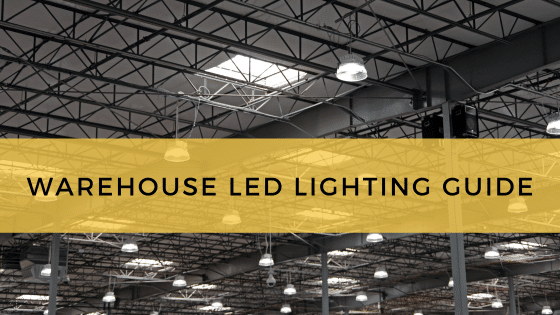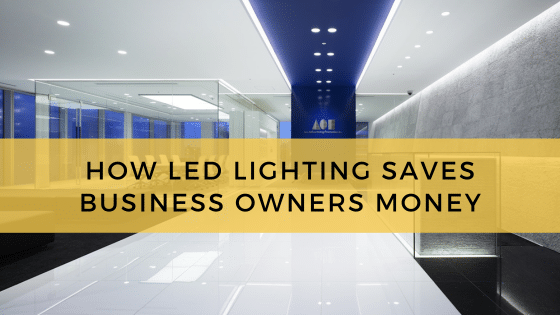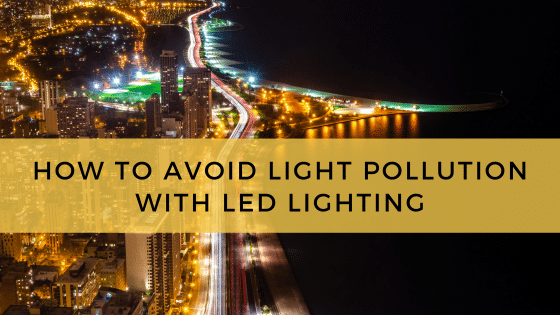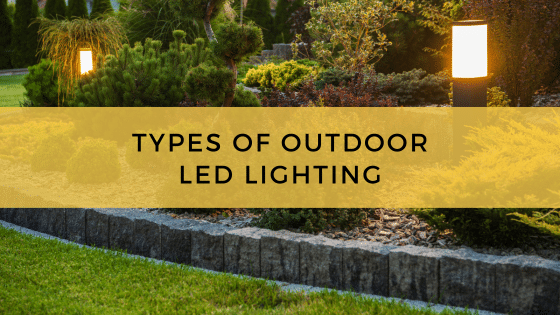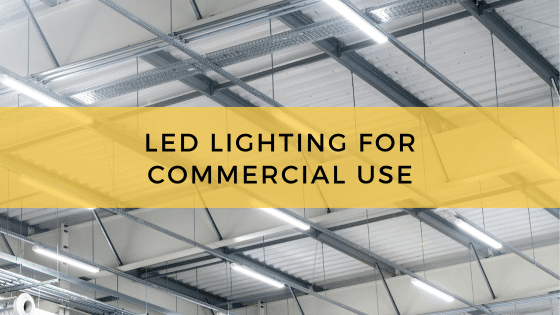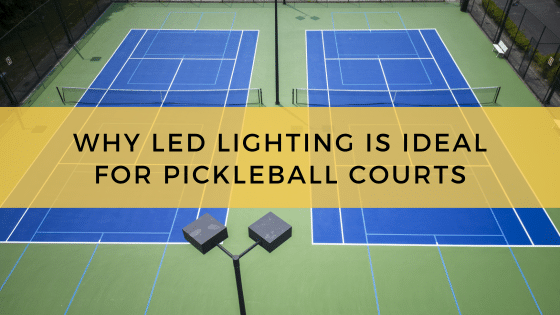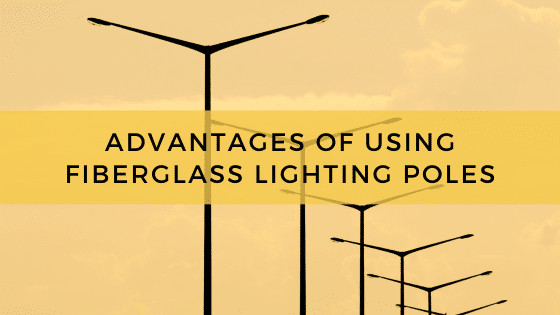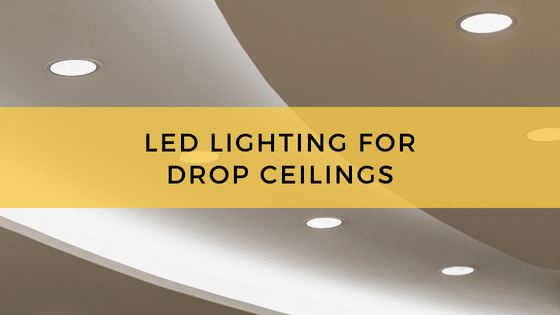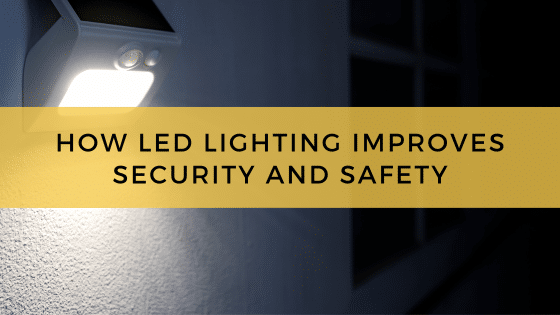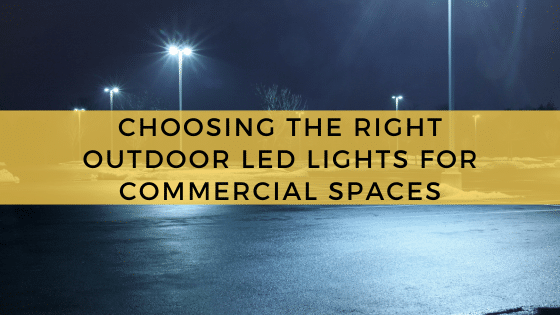
LED lighting has emerged as the leader in outdoor lighting applications, prized for its energy efficiency, reliability, longevity, controllability, and versatility. There are many benefits linked to LED lighting systems, and you may find them used with the following fixtures:
- Parking lot lighting
- Street lighting
- Wall pack fixtures
- Canopy fixtures
- Landscape lighting
- Security lighting applications
If your property relies on any of the above types of fixtures, LEDs can serve your lighting needs. Read on to learn some of the most popular outdoor LED lighting options for commercial spaces.
What LED Lighting Fixtures are Used in Commercial Outdoor Lighting Applications?
There are numerous LED lighting options available for exterior applications. Some of the most common include:
- Parking lot lighting – LED lighting is useful for illuminating parking lots and parking garages. LED technology has been formatted for a range of parking lot fixtures and can output illumination in one of several light distribution patterns. For example, type III distribution patterns are ideal for parking lots because they throw illumination forward and allow installers to set the lighting pole away from the pavement. Parking lot lighting must cover large areas and lighting pollution is a concern, so it’s important to work with a lighting expert to model your project’s photometrics.
- Street lighting – LED bulbs can also power street lighting applications and are a fit for the same reasons that LEDs are effective in parking lot applications. They can be placed well away from the road while still providing sufficient illumination, they provide excellent illumination quality at night, and they are formatted for a range of street lighting fixtures. This includes cobra head, COB and SMD fixture designs.
- Wall pack fixtures – Wall pack LEDs are mounted to a building’s facade or other exterior vertical surface. You may also find them around loading areas, walkways, and other high traffic exterior spaces. Wall pack LEDs are compact and available in several varieties, including vaporproof and shielded fixtures for minimal light trespass.
- Canopy fixtures – LED canopies are designed for placement under an overhanging structure, such as a gas station overhang or parking garage. LED canopies throw an impressive amount of light in a relatively confined area, so they are ideal for brightly illuminating smaller areas.
- Landscape lighting – LEDs are also incorporated into a range of landscape lighting fixtures, including flood lights, bullet lights, bollards, wall washers, pendant lights, in-ground lights, and a variety of other fixture designs. LED landscape lights are IP rated against dust and water intrusion, making them a reliable fit for outdoor applications.
- Security lighting – LED lighting solutions are also appropriate for security lighting applications because they can be paired with advanced controls like occupancy sensors. With LEDs, your security lights can turn on as soon as someone is detected nearby. Since LEDs require zero warm up time and provide excellent night-time lighting quality, they can be used to quickly capture high quality images and video.
While LEDs used in outdoor applications are IP rated for protection against dust and moisture, they are also available in corrosion-resistant fixture designs that are ideal for settings like oceanfront properties, where airborne salt can cause damage to fixtures. With their superior durability, LED lights can replace legacy technologies like metal halides and high-pressure sodium fixtures (both of which are being phased out).
Four Benefits of LED Lighting in Outdoor Settings
Regardless of the LED lighting fixtures you choose, they will provide a wealth of benefits to your property, including:
- Improved energy efficiency and savings – Compared to metal halide lighting, LED light bulbs are far more energy efficient because they produce less waste while illuminating an outdoor environment. Metal halides, which remain a commonplace option for exterior settings, are omnidirectional lights that throw illumination in every direction. As a result, metal halides waste much of their output. Bulky reflectors can be used to offset this effect somewhat, but it’s an expensive and impractical solution in every setting.LED lighting systems have a noted energy efficiency advantage because they can be aimed with far greater precision. They are also more energy efficient at the source (bulb) compared to metal halides and others, but it’s at the system level that LED lighting really shines. It’s not uncommon for commercial properties to reduce their lighting expenditures by thousands of dollars every year when accounting for the number of bulbs featured in an outdoor lighting system.
- Extended longevity and reduced maintenance costs – The typical LED light will provide between 50,000 and 100,000 hours of high quality, reliable illumination. No other lighting technology comes close, as the typical metal halide usually fails before 10,000 hours, and fluorescents by the 20,000-hour mark. Since LED lights are replaced less often, property owners can save money on bulb replacements and maintenance personnel.Between better energy efficiency and improved lifespan, businesses can realize a rapid return on their LED lighting investment.
- Excellent night-time performance and lighting quality – Outdoor LED fixtures feature high-output bulbs that emit even illumination without hotspots or other flaws. High-CRI LEDs render colors extremely well at night, allowing people to see better and further. When properly shielded, LEDs also emit minimal glare and do not flicker, so they are easy on the eyes at night.
- Expanded versatility through advanced lighting controls – LED lighting is also highly controllable and can be paired with timers, photocells, dimmers, and occupancy controls – giving commercial property owners full control over where and when their LEDs are powered on. These controls can be used in conjunction with each other for optimal energy efficiency as well. For example, by combining occupancy controls and dimmers, LED lights can output at full intensity when a nearby person or vehicle is detected and dim when the area is clear. Business owners can save money by trimming down on lighting waste and improving safety by ensuring maximum visibility when it is needed most.
Consult with a Lighting Expert to Choose the Right Outdoor LED Lights for Your Commercial Space
Whether your property needs new parking lot lighting, street lighting, landscape lighting, security lighting or general commercial lighting, LEDs can provide an unbeatable mix of cost efficiency and performance. To get the most from your new or retrofit LED lighting system, consider scheduling an appointment with an experienced lighting company. The lighting professionals can perform a detailed site survey, model your property using photometric technology and ensure the right fixtures are sourced for your commercial lighting project.

